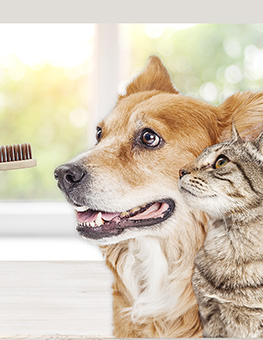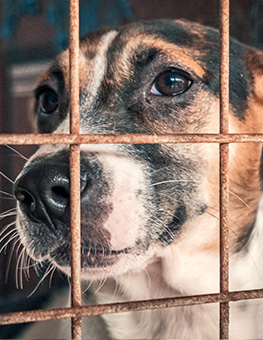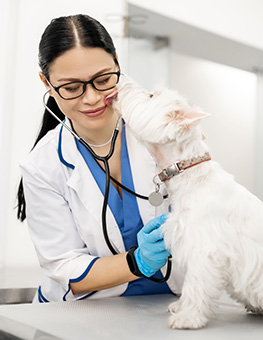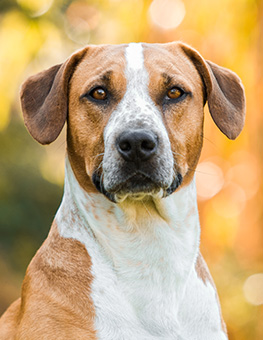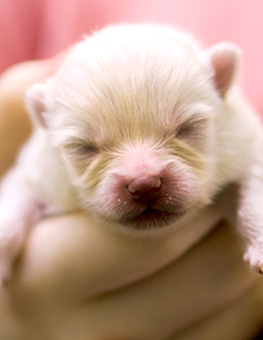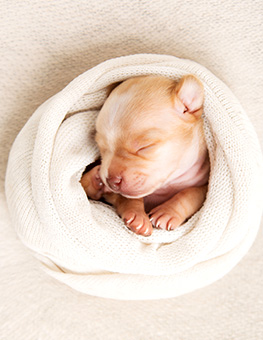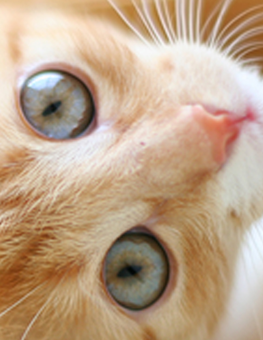Caring for your Dog’s Eyes & Ears
Your dog's eyes and ears are susceptible to infection and disease.
It is important to regularly monitor the condition of your dog's eyes and ears.
Eye care
While your first concern shouldn’t be about preventative eye care for your dog, it's important to watch for any changes that might warrant a visit to your veterinarian.
- Excessive discharge from the eye(s), whether clear or yellowish in color, calls for a vet visit. Common causes for "runny eyes" are infection (viral or bacterial), allergies or trauma. Because medications for each of these conditions can be vastly different, always consult your vet before using any medications. The wrong medication can actually worsen the conditions.
- As your dog ages, his eyes may develop a "cloudy" appearance which some owners fear is the onset of blindness. This is a natural part of the aging process. If your dog's eyes develop white spots, seem to bulge or if the cornea appears "pitted," have a vet exam your pet as soon as possible.
Ear care
Dogs with large floppy ears, such as cocker spaniels, are more prone to ear problems than those with smaller ears. Keeping your dog's ears clean is vital to avoiding infection. Here are a few telltale signs of possible infection:
- Redness or discharge of any kind.
- Black, dry matter may indicate ear mites or a possible infection.
- Brown, moist "ear wax" is normal in small amounts, but it should never be copious or have an odor.
- Yellow pus-like discharge is a sure sign of infection.
Normally, when an infection (or allergy) develops, your dog will scratch and paw at his ears. Excessive scratching is usually a sign that something is amiss and should be checked by your veterinarian.
Following these simple guidelines will help you ensure your dog's overall well being. Remember to seek veterinary care if you suspect a problem.



